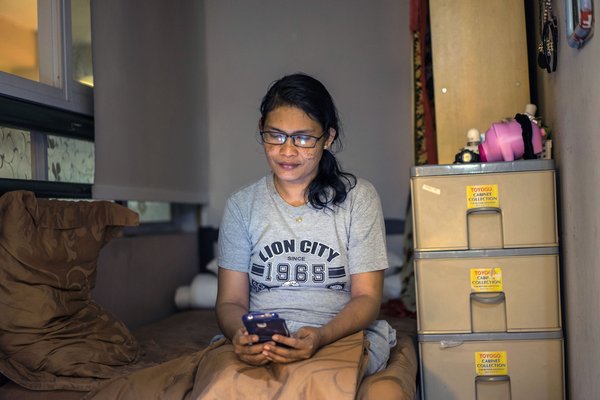
Migrants’ wives in Nepal discussing the impact of migration (Source: Anita Ghimire, MIDEQ CO-Investigator in Nepal)
This policy brief was originally published as part of the UNESCO Chair in ICT4D policy brief series. The series, launched in 2021, provides access for policy makers to policy related recommendation based on research from UNESCO Chair in ICT4D. Head to their website to discover more policy-related reports produced by Members and Associate Members of the Chair.
The COVID-19 pandemic in 2020 and 2021 has been an opportunity for all those involved in the field of digital technologies dramatically to increase the pace of their efforts to recreate the world in their own image. Change processes already in place, such as the introduction of digital identities and the increasing use of online learning methods, have been dramatically sped up. However, this has largely benefited those who have had access to and were able to benefit from such usage.
Digital technologies at the best of times have increased inequalities; this is even more true at the worst of times. Migrants are often among the potentially most vulnerable, and increases in the use of such technologies can have significant negative impacts for them. This policy brief provides guidance on how digital technologies can best be used to empower migrants (and their families) through education by combining the findings of our research on migrant uses of digital technologies with recent guidance for governments on creating resilient education systems that use digital technologies to support the poorest and most marginalised.
KEY TAKEAWAYS
- There is no one-size fits all “solution” through which digital technologies can be used to support effective learning by migrants.
- Migrants know best about migration. All research and practice related to their learning must be developed in partnership with them and not imposed on them.
- Migrants are particularly susceptible to the security and privacy risks associated with the abuses of digital technologies, and these must be mitigated before effective learning can happen



